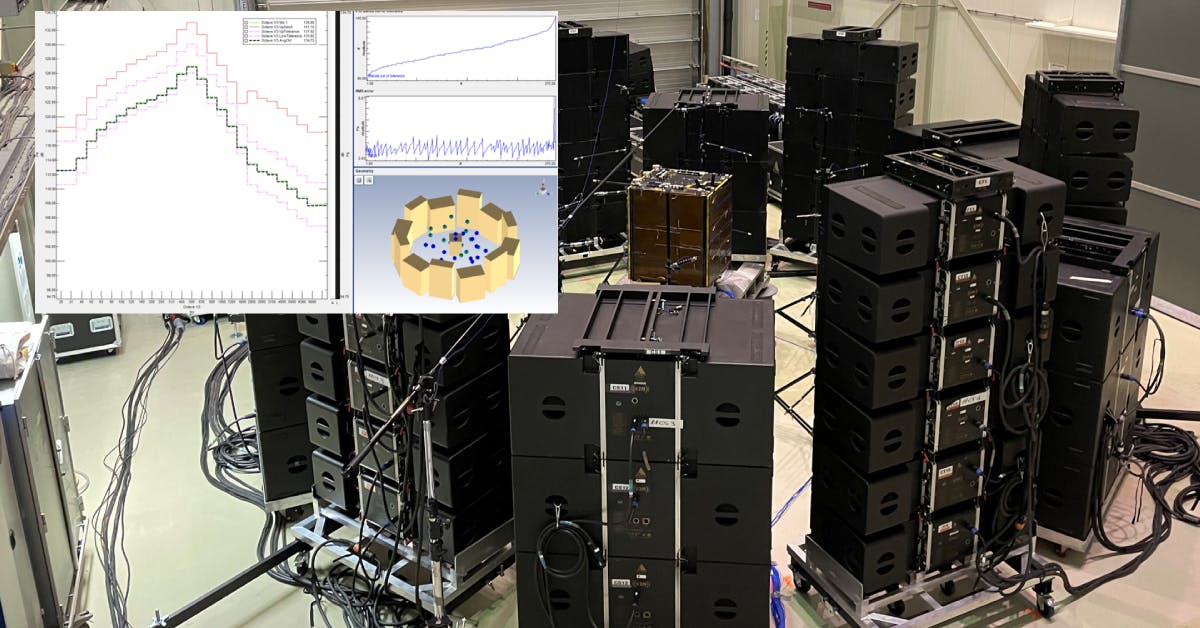The objective of spacecraft acoustic testing is to demonstrate the ability of the structure and avionics to withstand the broadband random acoustic environment experienced within the launch vehicle payload fairing. This webinar looks at secure space hardware testing using reverberation or direct field acoustic noise testing (DFAN).
Learn about closed-loop control solutions for operation in reverberation rooms and direct-field environments to implement robust, state-of-the-art control algorithms that provide spatial uniformity of sound pressure levels within tight tolerances.
Several layers of security controls help prevent any over-testing of the very valuable payload. Moreover, an innovative pre-test analysis assists the user in defining the optimal control parameters to ensure a safe, time- and energy-efficient workflow.
Why is spacecraft acoustic testing necessary?
Spacecraft acoustic testing is necessary to prove that your design is strong enough to withstand the launch. It is a mission-critical task to validate the design against vibration, shock and acoustic loads. It has to be designed right the first time because there is no second chance if elements of a spacecraft are damaged or destroyed as a result of the hostile environment that is created during the launch.
Acoustic qualification testing of space hardware includes two methods. Reverberant field acoustic noise testing is the traditional test, existing for decades, performed in a reverberant chamber. The objective is to test-validate hardware to guarantee launch survivability by accurately reproducing acoustic loads in a reverberation room controlling excitation spectra of multiple acoustic modulators using feedback from microphones around the structure while monitoring hundreds of vibration and strain responses.
Direct field acoustic noise (DFAN) testing is an alternative, innovative technique for spacecraft acoustic testing. DFAN uses loudspeakers to create the acoustic field using a narrow-band, multiple-input multiple-output (MIMO) control technique. Watch the webinar to learn more.
Methods for spacecraft acoustic testing
You will learn:
- How to perform acoustic qualification of space structures
- Benefits of reverberant and DFAN approaches
- How to ensure maximum spacecraft protection during qualification tests
Vorstellung des Referenten

Mostapha Choukri
Senior Business Development Manager, Simcenter Testing Solutions



